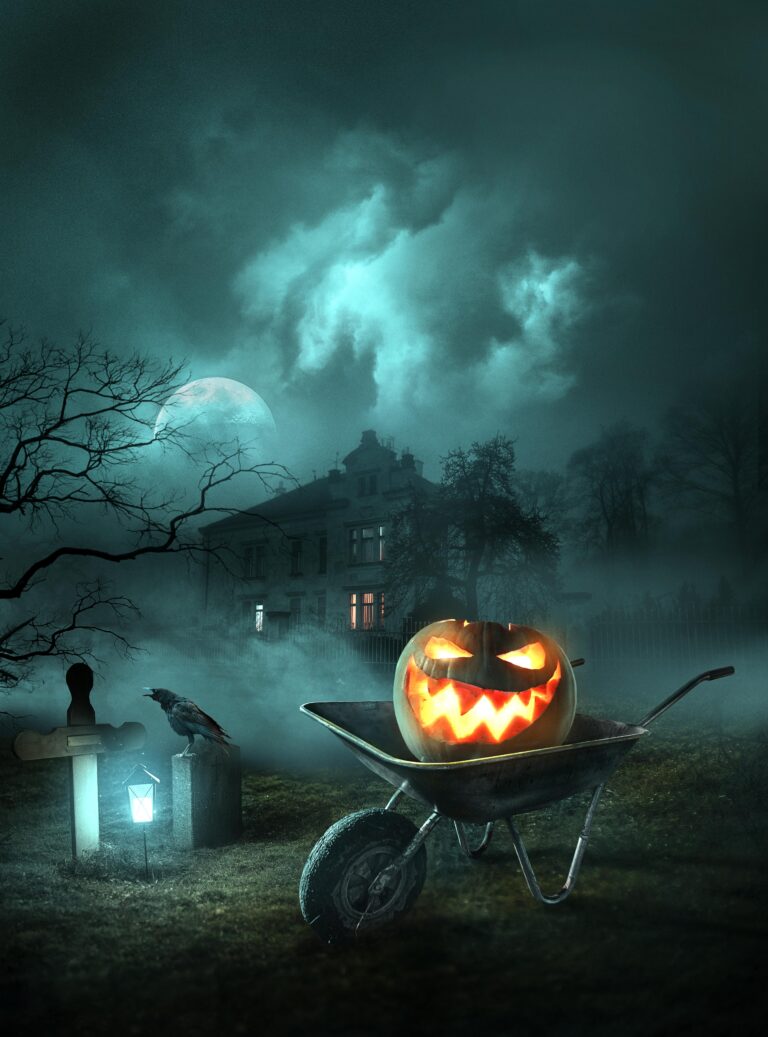In today’s rapidly evolving technological landscape, artificial intelligence (AI) has made significant strides in various industries. One area where AI is gaining traction is in the realm of Health and Safety. As organizations seek to enhance workplace safety and optimize operational efficiency, the integration of AI has become an intriguing prospect. However, it is essential to examine the reliability of AI, its potential to replace human functions, and the implications it holds for the future of health and safety.
What is the reliability of AI in Health and Safety?
AI technologies, such as machine learning algorithms and predictive analytics, offer promising capabilities in identifying potential hazards, analysing vast amounts of data, and providing real-time insights. These advanced systems can efficiently detect patterns, predict risks, and even assist in decision-making processes. However, it’s crucial to recognize that AI is only as reliable as the data it is trained on. Accurate and high-quality data is fundamental to ensure the effectiveness and reliability of AI applications in health and safety.
Human Function and the role of AI
While AI brings significant advancements, it is important to acknowledge that it does not replace the human function in health and safety. AI systems can augment human capabilities and support decision-making processes, but they cannot entirely replace the experience, intuition, and critical thinking skills that humans possess. The human element remains essential for contextual understanding, complex problem-solving, and adaptability in dynamic environments. AI should be seen as a valuable tool that complements and empowers human expertise, rather than a complete substitute.
What about the future?
Looking ahead, the integration of AI in health and safety holds great potential. As technology continues to advance, we can expect further improvements in AI’s ability to identify risks, predict incidents, and enhance overall safety practices. AI-driven automation and robotics may also play a crucial role in hazardous environments, reducing human exposure to dangers. However, it is essential to strike a balance between technological advancements and human involvement. Ongoing training, upskilling, and maintaining a strong safety culture will remain crucial as AI evolves.

AI is transforming the field of health and safety, offering new possibilities for risk assessment, incident prediction, and overall safety optimization. While AI brings undeniable benefits, it is crucial to recognise its limitations and the continued importance of human involvement. The future of health and safety lies in the collaborative efforts between humans and AI, leveraging technology to enhance safety practices while preserving the invaluable skills and insights that humans bring. By embracing the potential of AI while upholding a strong safety culture, organizations can create safer and more efficient work environments for the benefit of all.
Remember, safety is a shared responsibility, and technology, like AI, can serve as a valuable ally on our journey towards a safer future.
It’s important to note that embracing AI requires thoughtful planning, appropriate implementation, and considerations for ethical and responsible AI use. Businesses should also ensure they have the necessary infrastructure, talent, and expertise to leverage AI effectively.














